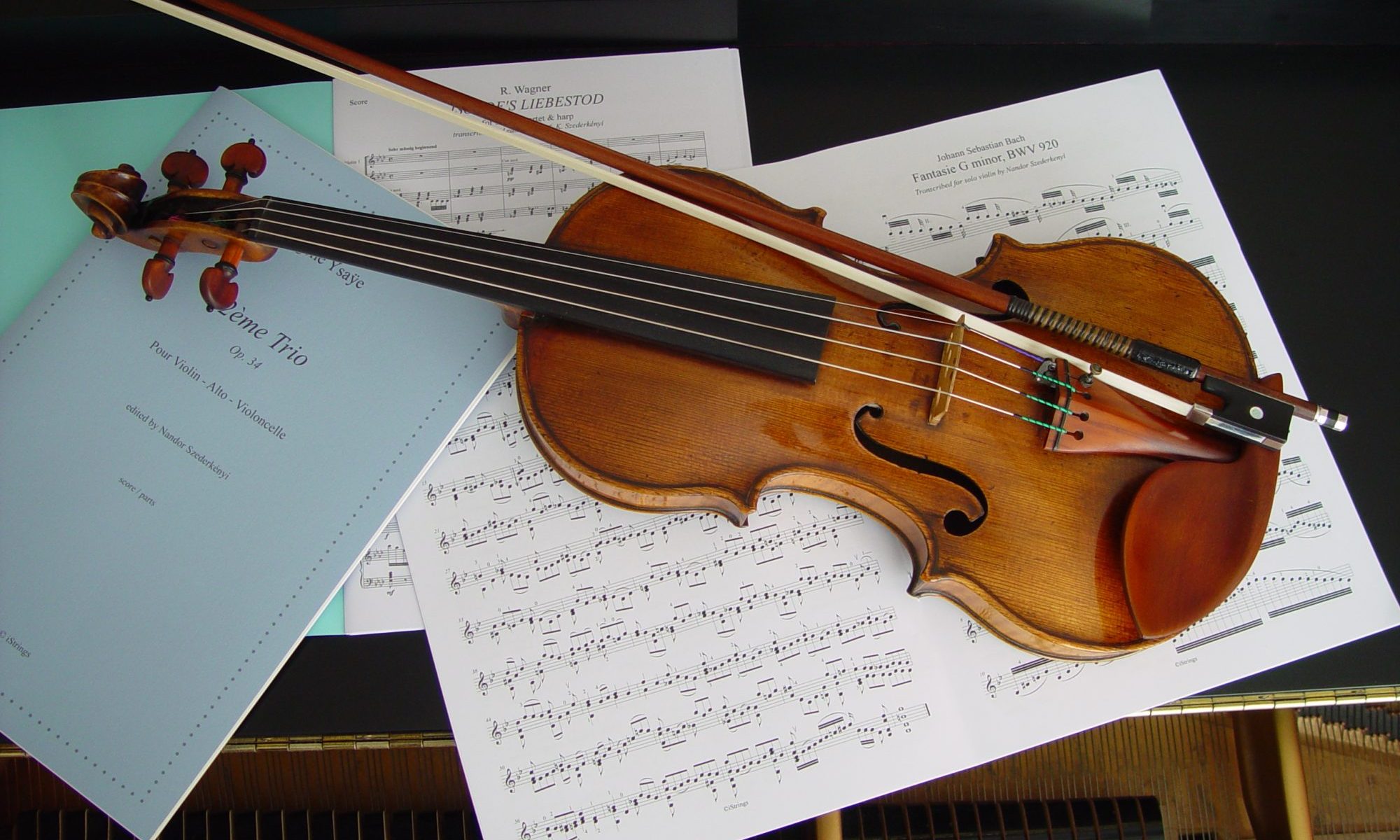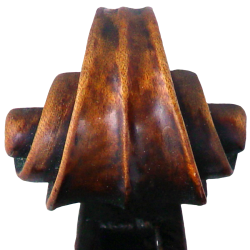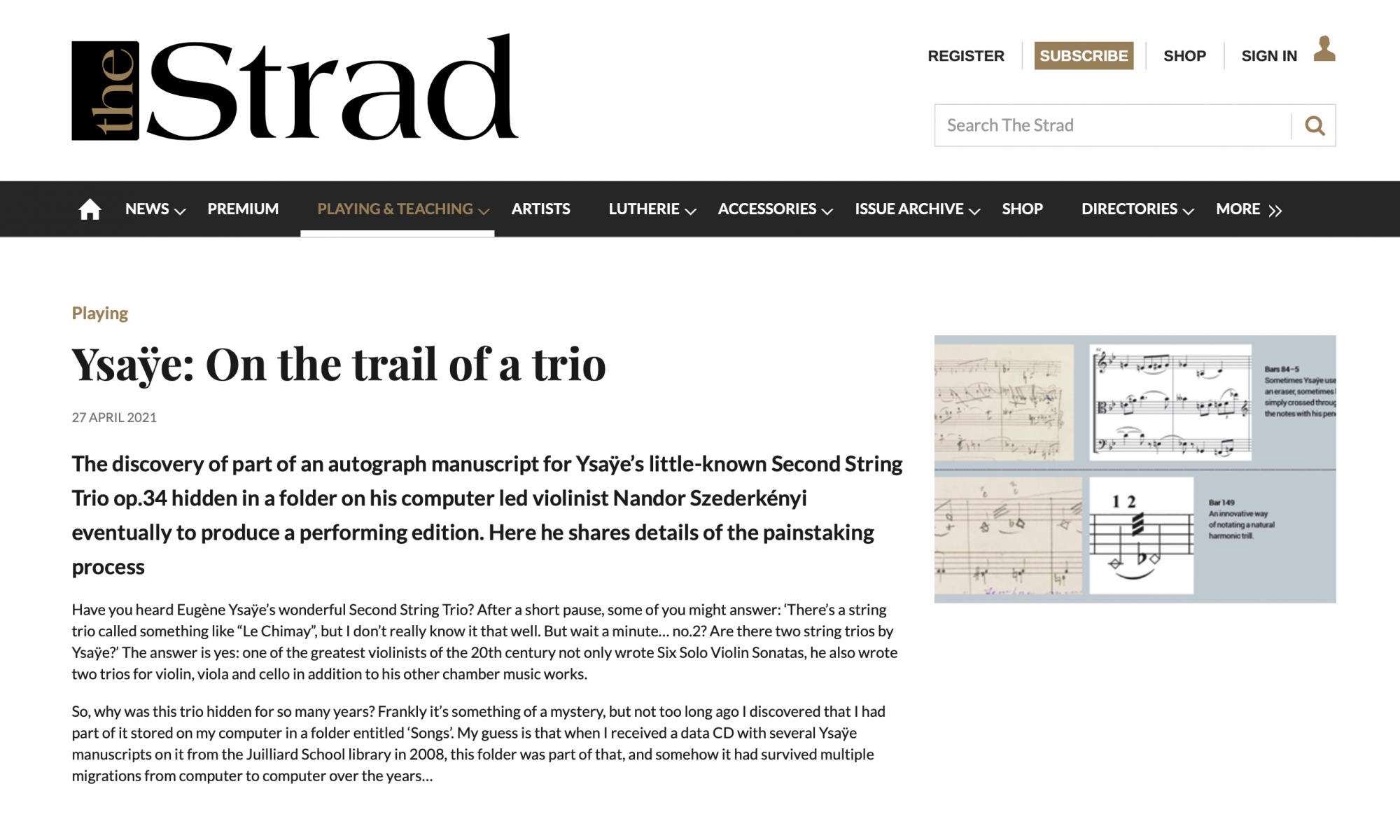Perhaps all violinists heard about the magazine “The Strad” some time and probably many musicians know about its’ existence. Music lovers may have heard about it too, and I would bet the general public knows at least that the name “Stradivari” is famous for violins.
This is a very exclusive and beautiful magazine, published every month of the year with great pictures of instruments, wonderful articles about instruments and about music in general.
When I finished editing the newly discovered Ysaÿe second trio, I wrote also to the editor of The Strad, receiving a nice reply that yes, it would be lovely to have an article about this trio.
I have finished it actually already last November but published has been now in the May issue.
It was a very interesting progress to see the editing details, how the text became really nice although it hasn’t been changed basically, all the same, but more alive – well, I am just a musician, not a writer, especially not in a foreign language for me.
Actually, the whole article became a nice portrait of Ysaÿe, with focus on the trio as one of his major late work and so a “mirror” of his life, his art, his musical world. He did not write “only” the great six sonatas for solo violin, indeed, his chamber music is equally if not more important because of the way his limitless, delightful enjoyment with all elements of music.
The magazine is available at good news-stands and book stores and of course for delivery directly from the redaction. It is online also here, however to be able to read the whole article one has to subscribe first.
Here, I included a picture of the beginning with the first sentences, and I paste here a short part of the text also:
“Ysaÿe was a kind of magician. He didn’t just play the violin; he had an indescribable aura and his performances would captivate audiences from start to finish, whether in concert halls or at private musical soirées. There are several stories about these performances which originate from his family members and friends, but I have been lucky enough to have heard a first-hand account of one of his concerts.
It probably took place in 1912, when at the end of January Ysaÿe was in Moscow and in February he was playing in Vienna. He was probably en route between these locations when he stopped off to give a concert in the town of Košice (present-day Slovakia, but in those days still Kassa, Hungary). He had already had a considerable international reputation in the music world for many years, so this was an unmissable event for music enthusiasts. Among the audience at this concert was my violinist father Ferdinand Spontak (later Szederkényi), who was nine years old at the time. After a few moments of bewilderment, as my father wondered about the huge armchair that had been placed on the stage, Ysaÿe appeared. Listening intently to the large man sitting in the chair as he played – in his incomparable and marvellous style – some unaccompanied Bach and his own solo works, the audience was mesmerised.”


